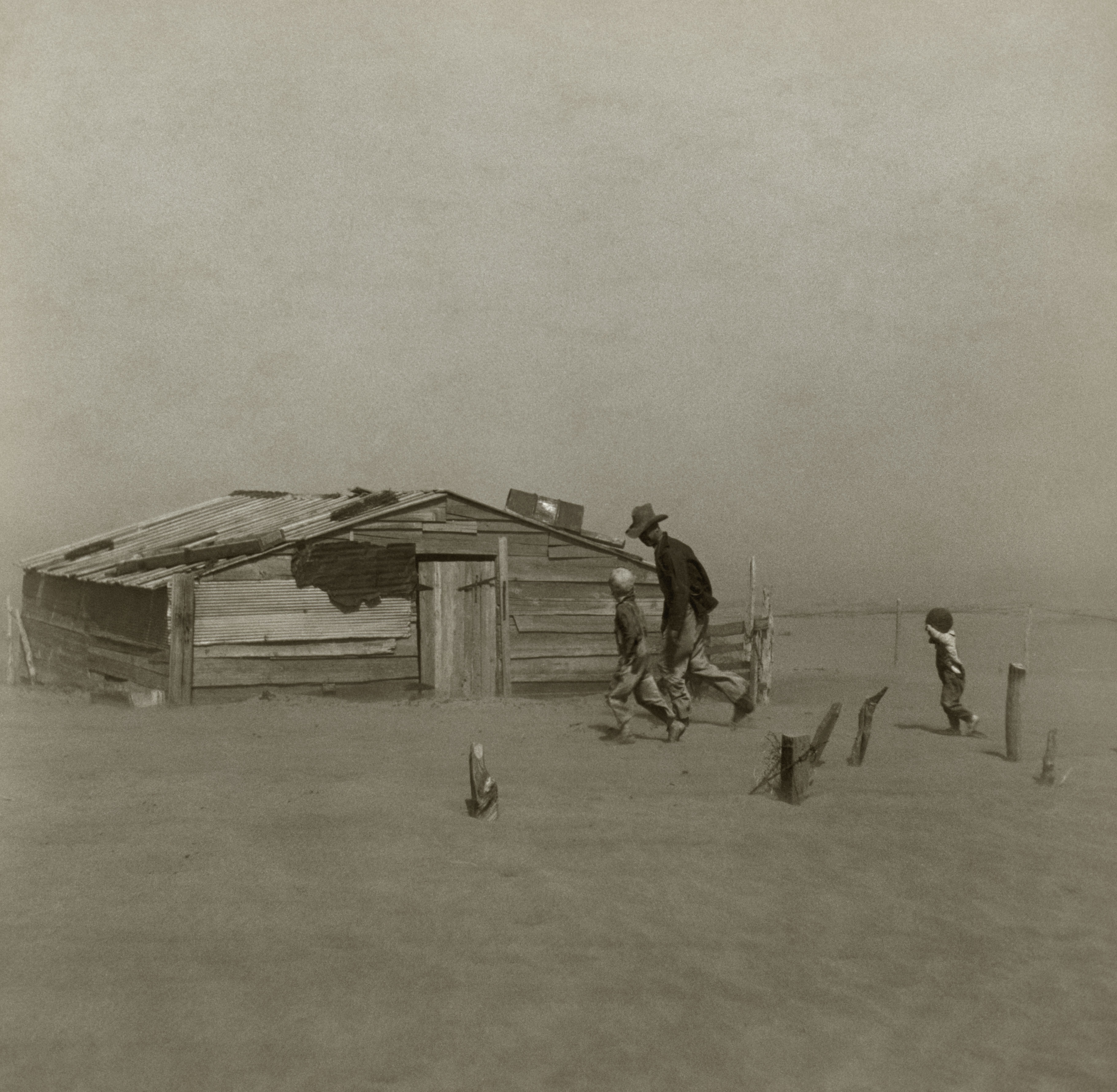Bostonians found themselves facing a strange new world in the early 1930s. It was snowing, which was no great surprise, but what did have people sitting up straight was the fact that the snow had turned red.
The 1930s were the unfortunate era of the “Dust Bowl”, a regrettable period in America’s past during which poor management of the Great Plains led to disastrous conditions as the powder-like topsoil took to the air. More locally, this resulted in devastating dust storms, but the most severe of them had far-reaching consequences that peppered New England with red snow.
We have a firm understanding of the consequences of poor land management in the modern era. How we process the land through actions like ploughing and the maintenance of native plant species like grasses can all influence the health of the earth.
What we learnt during the Dust Bowl was that practice too much of both ahead of a nasty drought, and you find yourself faced with a landscape that’s coated in fine, powder-like topsoil. With the grasses that kept that soil in place gone, strong winds made the fine particles go airborne, and they carried for miles, sometimes thousands of them, wreaking devastation on the surrounding areas.
On some occasions, the distance travelled was enough for the dust from the Great Plains to mix with snowstorms in New England. Clay-red dust turned the snow red, but elsewhere the effects of the Dust Bowl were felt more fiercely.

Farmer and sons walking in the face of a dust storm in Cimarron County, Oklahoma, USA.
New York was said to have been plunged into half-light reminiscent of a partial eclipse, while elsewhere, farmers already experiencing losses from drought were done in even more by the onslaught of dust. US citizens far and wide were reporting symptoms like irritation in their eyes and throats.
During one of the worst storms that would become known as “Black Sunday,” Kansas City news editor of the Associated Press, Edward Stanley, wrote of the conditions: “Spearman and Hansford County have been literaly [sic] in a cloud of dust for the past week. Ever since Friday of last week, there hasn’t been a day pass but what the county was beseieged [sic] with a blast of wind and dirt. On rare occasions when the wind did subside for a period of hours, the air has been so filled with dust that the town appeared to be overhung by a fog cloud. Because of this long seige of dust and every building being filled with it, the air has become stifling to breathe and many people have developed sore throats and dust colds as a result.”
Red snow was really the tiniest terracotta-tinged tip of the iceberg, as the conditions during the Dust Bowl years would contribute to the displacement of millions of Americans, worsening the already oppressive standards of living during the Great Depression. It triggered a government response as the United States upped its participation in land management and soil conservation, and President Franklin Roosevelt initiated programs to restore the nation’s ecological balance stating, “the nation that destroys its soil destroys itself”.
All a bit of an ecological disaster, then, but did you know there exists a place on Earth where blood-red rain is perfectly normal? Welcome, to rainbow island.
[H/T: History Facts]
Source Link: In The 1930s, Red Snow Fell On The City Of Boston